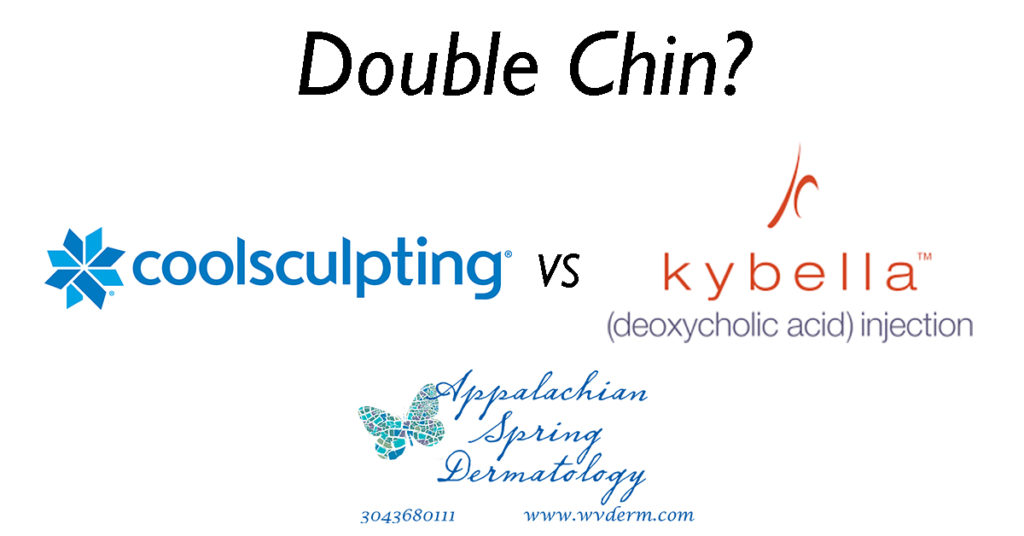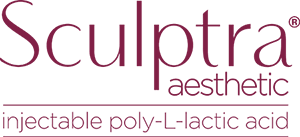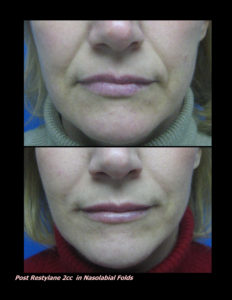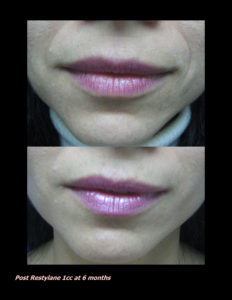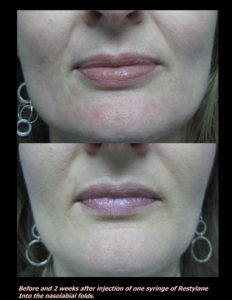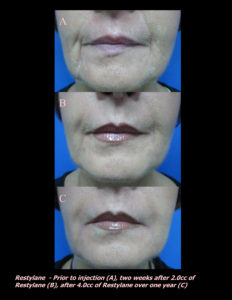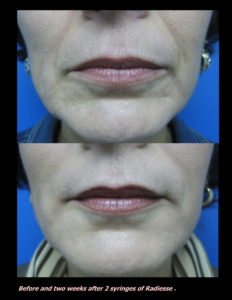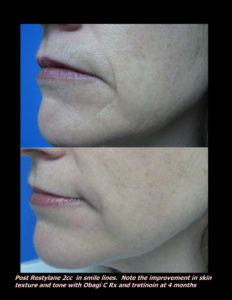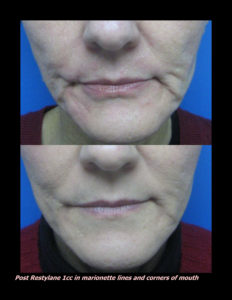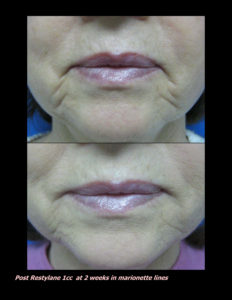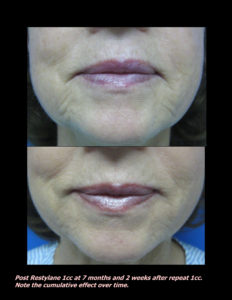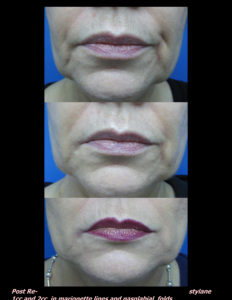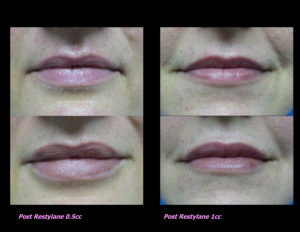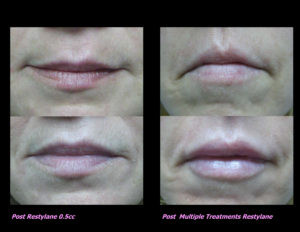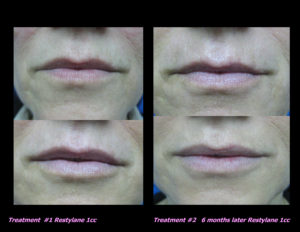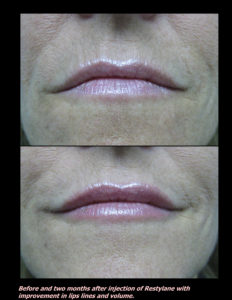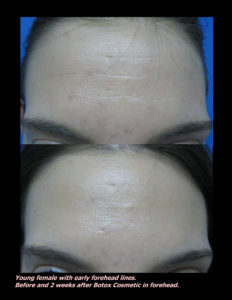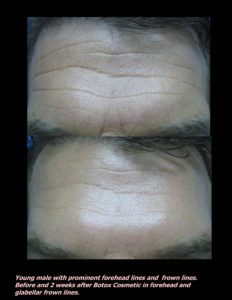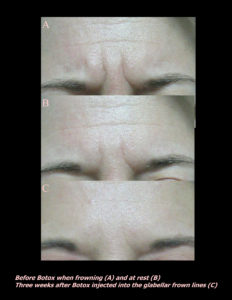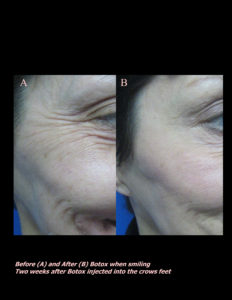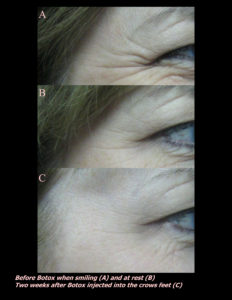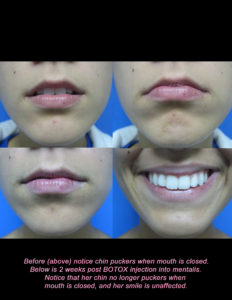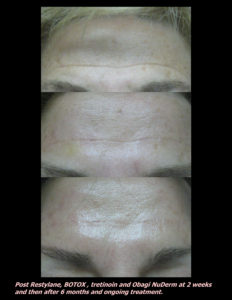Duct Tape, Vinegar and more!
What are warts? Warts are common growths on the skin caused by a virus called Human Papilloma Virus (HPV). These growths can occur on almost any part of the body from head to toe. There are over 100 different strains or types of warts. Different strains tend to occur on different parts of the body.
How are warts on the skin best treated at home? First of all, it’s important to know that warts on the skin (such as on the fingers, feet, and knees) and warts on the genitals and face are removed in different ways. Don’t try any home remedies or over-the-counter ( OTC) drugs to remove warts on the facial or genital area. You could hurt and permanently scar these areas easily.
Applying salicylic acid–You can treat warts on places such as the hands, feet, or knees by putting salicylic acid on warts. For better results, you must apply the acid every day for many weeks. After you take a bath or shower, pat your skin dry lightly with a towel. Then put salicylic acid on your warts. The acid sinks in deeper and works better when it is applied to damp skin. Before you take a shower or a bath the next day, use an emery board or foot file to file away the dead surface of warts. Be sure to change the emery board to avoid re-infecting yourself over and over again. Salicylic acid in many different forms is available over-the-counter (OTC) preparations. These can be found at drug stores as well as at department stores such as Walmart. Liquid versions of salicylic acid paints or plasters are most commonly found in a 17% concentration. Some impregnated bandage versions are more convenient and are most commonly found in 40% concentrations. Dr. Rosenberger does not prefer one brand over the other. They are all pretty much the same.
Freezing—Dermatologists often use liquid nitrogen (-320 degrees Fahrenheit) to freeze the wart. This treatment is called cryotherapy. Applying liquid nitrogen to the wart is painful. Again, this works by irritating a wart and forming a blister under the wart. The goal is to have the wart “peel off” with the blister roof. To completely remove a wart, liquid nitrogen treatments may be needed every 3-4 weeks for a total of 2 to 4 times. If no improvement is noted, another type of treatment may be recommended. Dr Scholls has an at home freezing product that uses Butane which freezes at -216 degrees.. Most patients who come to me do not have much success with this treatment. However, many may be having success at home and never need to see a Dermatologist. Lack of successful with this method likely occurs when the wart is not frozen properly, and the temperature is not as low as it is with liquid nitrogen.
Duct tape treatment— Covering a wart with duct tape may also help because it irritates the wart and the skin around it, causing the body to attack it. Cover the wart with duct tape for up to a week. Then remove the tape, soak the wart in warm water and rub it gently with an emery board. Leave the tape off overnight, then repeat treatment until the wart goes away. If this is not successful after a few months, see your doctor to try another approach.
Other home remedies – There are online and word of mouth suggestions of vinegar, potatoes, garlic, banana, orange, pineapple, dandelion, aspirin, nail polish, bee propolis, castor oil, tea tree oil and much more. All of these remedies work for some people. Why? All warts go away eventually. At some random time, the immune system kicks in and gets rid of the wart. If a patient gets lucky after any of these home remedies, it is luck, not science.
Are there any dietary changes or supplements that might help? There is no single dietary change recommended other than a healthy well-balanced diet. We will share articles about alternative therapies on social media this week.
Treating warts at home takes a lot of time and diligence and a lot of luck. Often months of treatment are required for the wart to respond. In-office treatments are more effective. However, I always try to educate patients that NO SINGLE TREATMENT IS GUARANTEED TO WORK ON A WART. Often it is a combination of multiple treatments, time, and diligence to achieve success.
To learn more about warts, check out my prior post.
___________
If you know someone who may find this article helpful, please share it with them! Follow us on social media this week, and subscribe to our growing YouTube channel! If you would like to receive these posts in your email inbox, Subscribe to our Site.
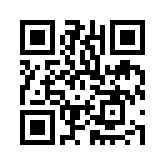
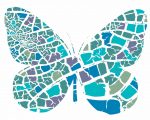

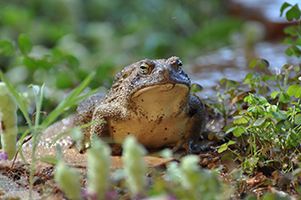


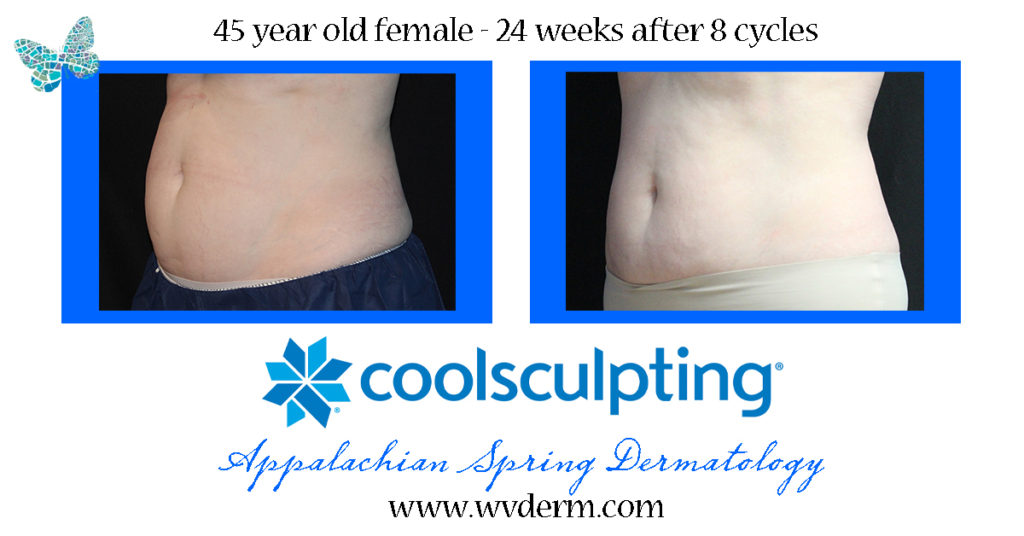
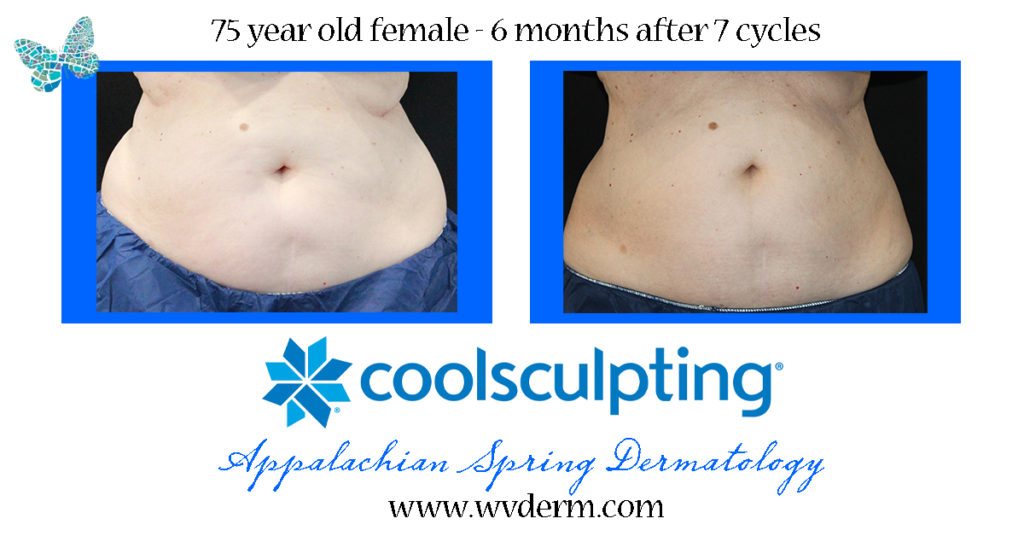
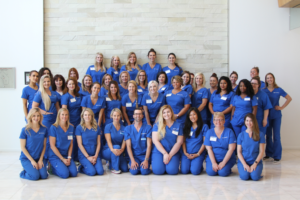
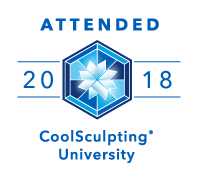
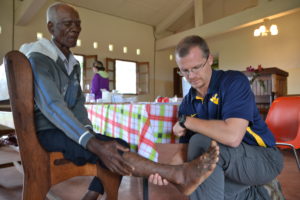


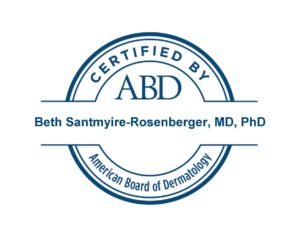

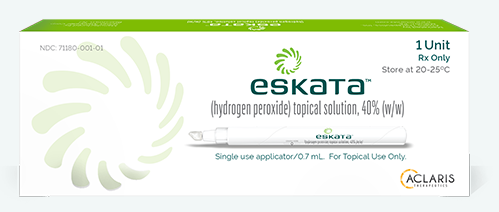

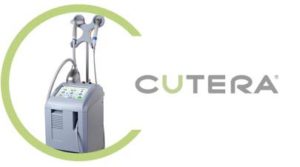 Laser Vein Reduction Treatments
Laser Vein Reduction Treatments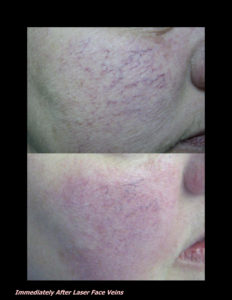
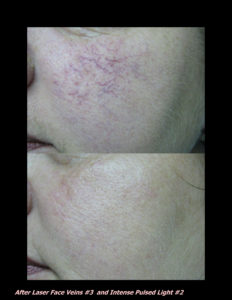
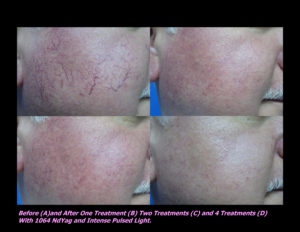
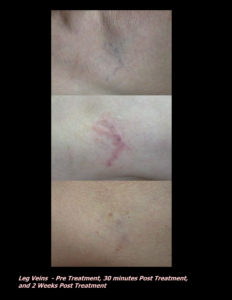
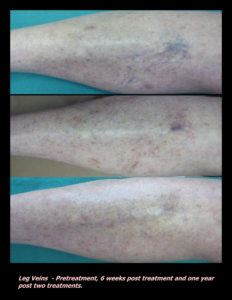
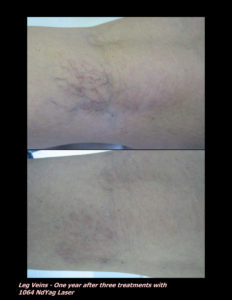
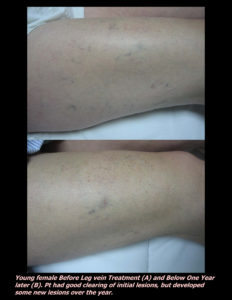
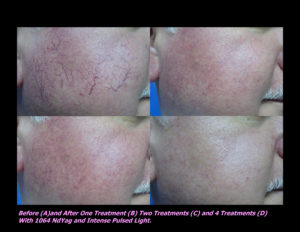
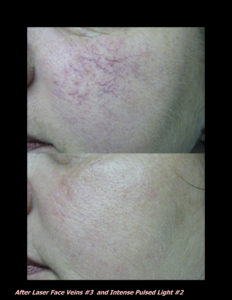
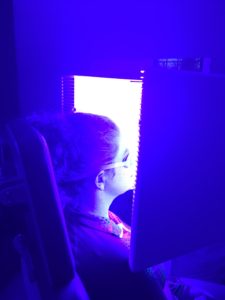
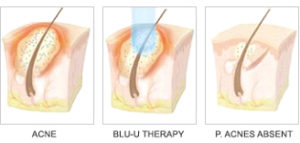
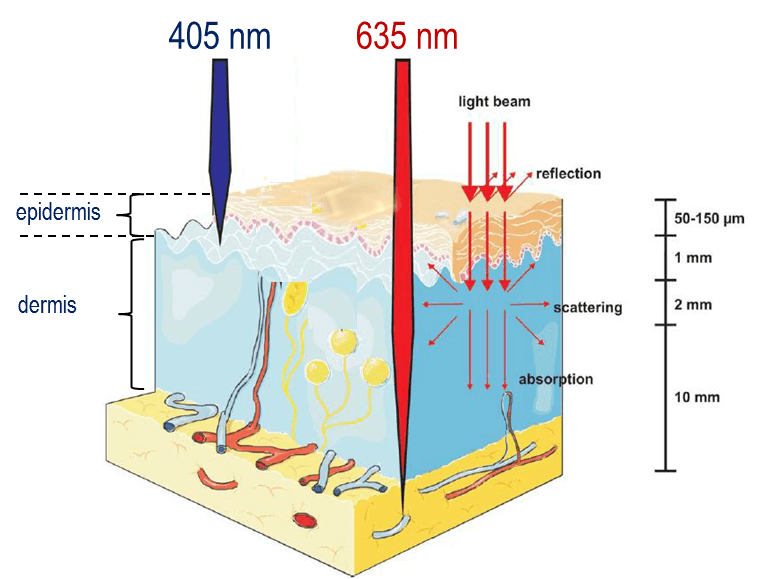
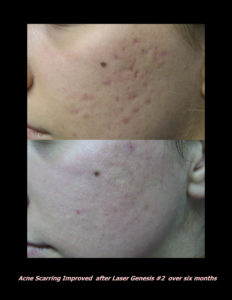
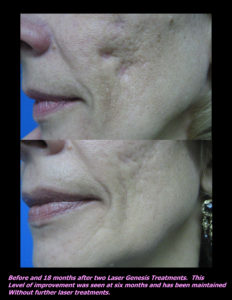


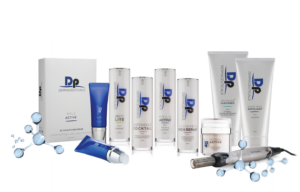 DP Dermaceutical Products
DP Dermaceutical Products